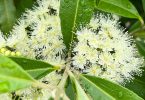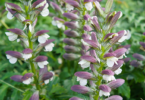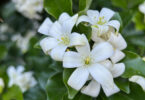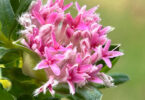If your garden soil is more brick factory than veggie patch, you’re not alone. Clay soil gets a bad rap but it’s not the villain it’s made out to be. In fact, once you know how to work with it (or just accept its stubborn personality), you can grow an incredible variety of plants that love the slow-draining, nutrient-rich hug clay provides.
So put down the jackhammer and step away from the soil conditioner. These are your clay-loving heroes, no soil rehab required.
Australian Native Plants for Clay Soil
1. Thyme Honey Myrtle (Melaleuca thymifolia)

Melaleuca thymifolia is a compact, low-growing native that flourishes in heavier ground, especially where water tends to linger. Its fine, thyme-like foliage and pink to purple pom-pom flowers add softness and colour to native beds or clay-bound borders.
2. Bottlebrush (Callistemon spp.)
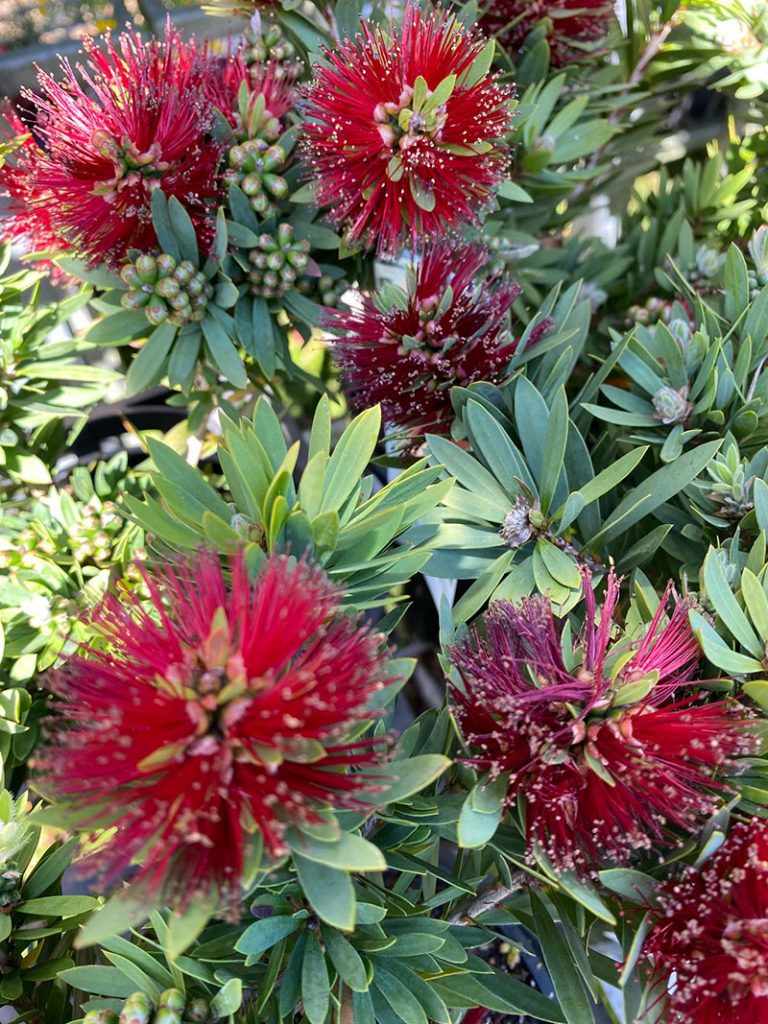
Bottlebrush is perfectly suited to heavy soils. Bottlebrushes produce masses of nectar-rich red, pink or white brushes in Spring and Summer. These hardy shrubs handle wet and dry cycles well and they bring a parade of pollinators to the party.
3. Kangaroo Paw (Anigozanthos spp.)
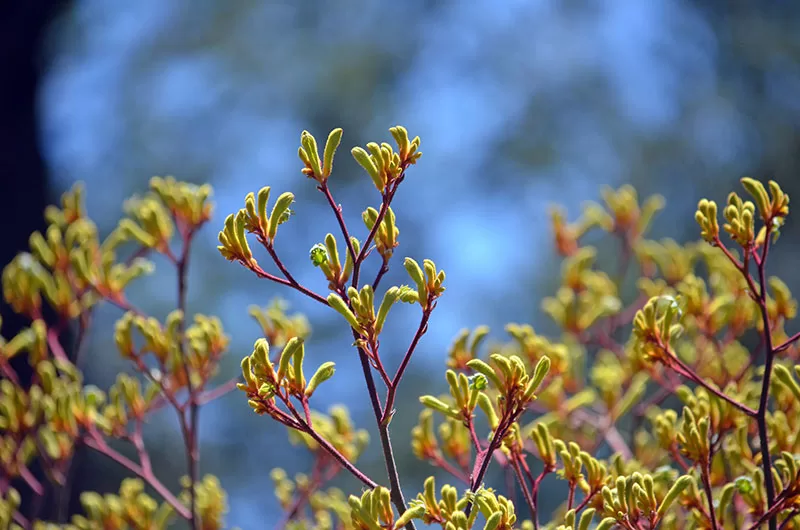
Some hybrid varieties like ‘Bush Pearl’ or ‘Bush Gold’ can tolerate heavier soils, especially when planted in a raised position. They offer vivid, tubular blooms that Honeyeaters love. They need good airflow, so plant them with space to avoid fungal issues.
4. False Sarsaparilla (Hardenbergia violacea)
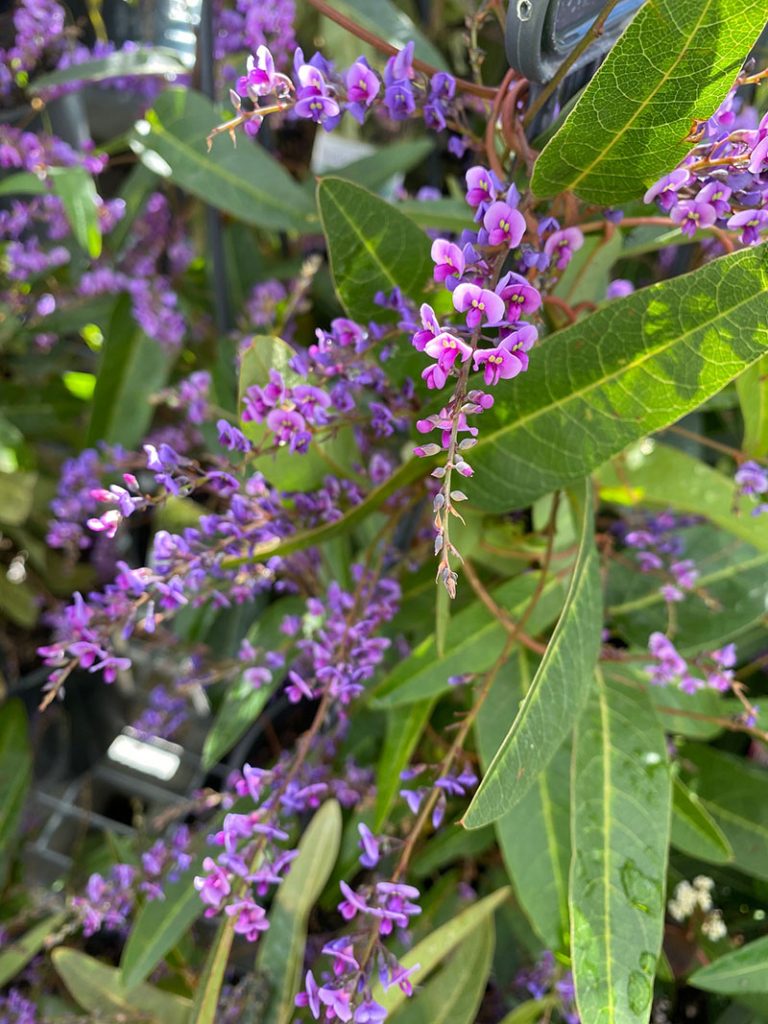
Known as ‘False Sarsaparilla’, this tough-as-nails climber or groundcover thrives in a range of soils, including clay. With masses of purple, lilac, white or pink pea flowers in Winter, it provides seasonal colour when little else is blooming.
5. Kangaroo Thorn (Acacia paradoxa)

This bold, spiny shrub doesn’t mind getting its roots dirty in clay. It provides habitat and food for birds and insects and while it’s not a cuddly plant, it’s ideal for tough spots and low-maintenance hedging.
6. Lomandra (Lomandra longifolia)
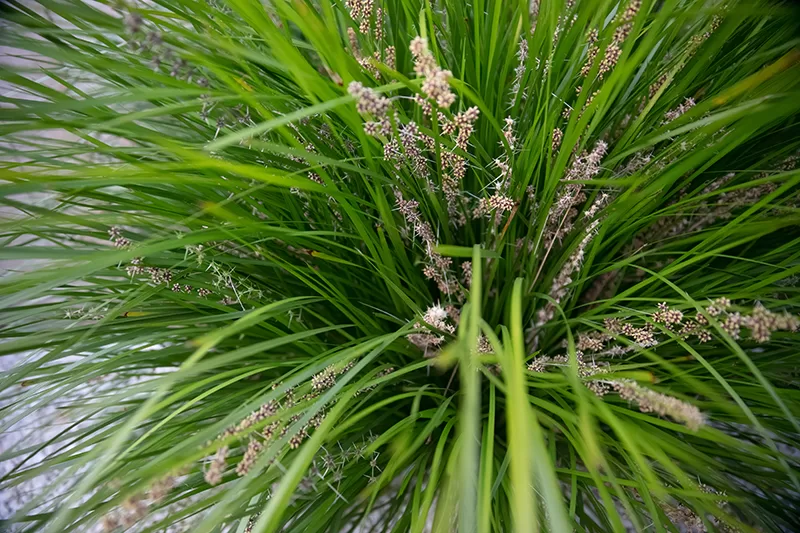
A strappy-leaved Aussie native grass that’s virtually indestructible. Perfect for borders, erosion control and adding texture to garden beds. Thrives in all soil types, including clay and copes well with drought and soggy conditions.
7. Fan Flower (Scaevola sp.)
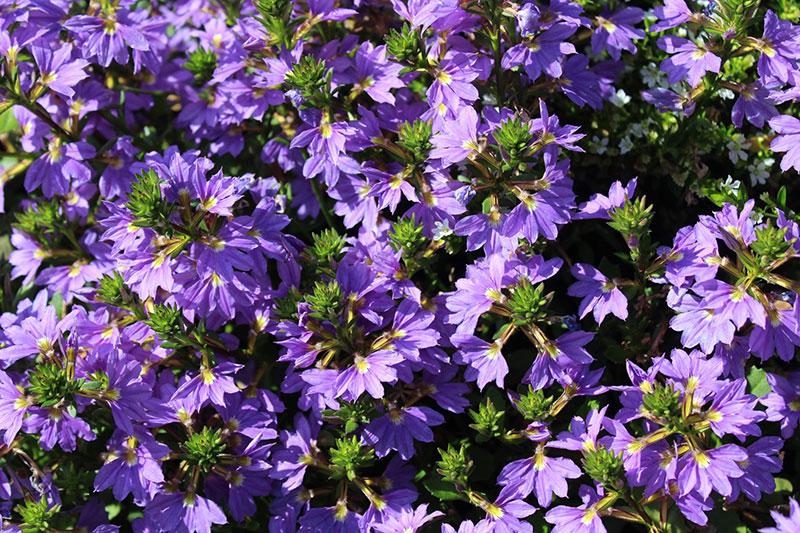
The iconic Fan Flower is a tough Aussie native groundcover that handles clay surprisingly well once established. It blooms profusely in shades of blue, mauve, pink and white and is ideal for trailing over retaining walls or edging paths.
8. Blueberry Ash (Elaeocarpus reticulatus)
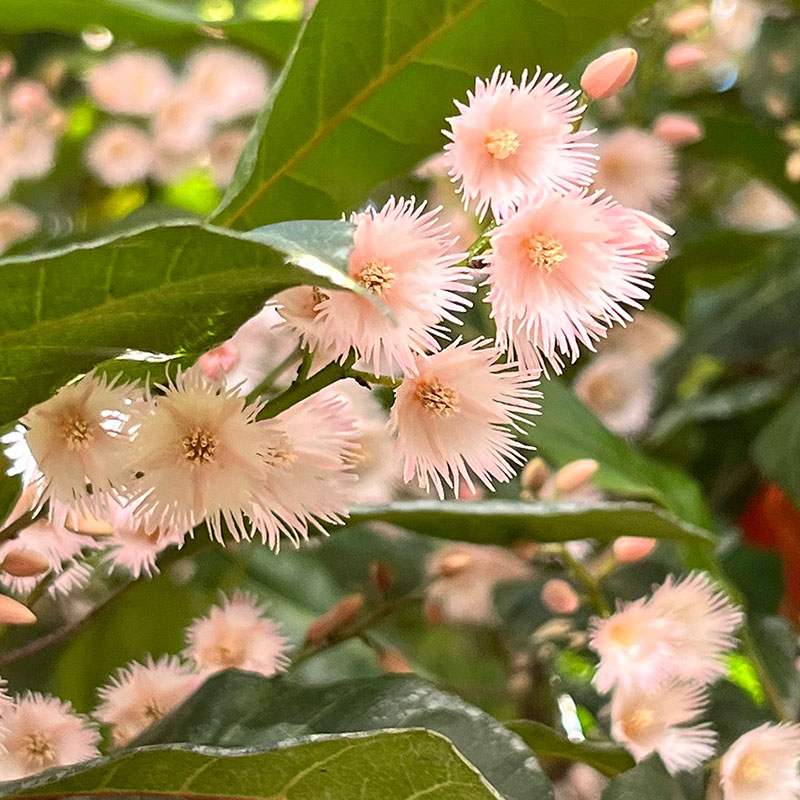
Blueberry Ash is a small native tree that’s perfect for screening or as a feature plant. It thrives in heavier soils, produces delicate pink bell-shaped flowers and attracts birds with its bright blue berries.
9. Correa (Correa reflexa and hybrids)
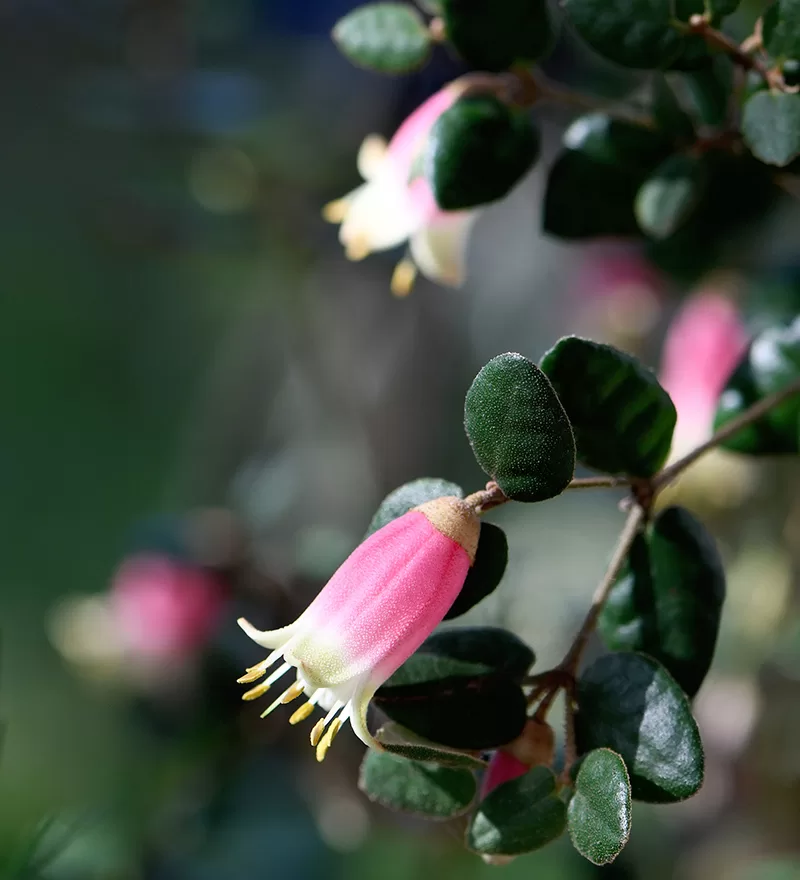
An underused gem! These native shrubs tolerate clay and dry shade like champs. They bloom in Winter with dainty tubular flowers in pink, red or green that attract birds and bees.
Tough Ornamental Plants for Clay Soil
10. Hosta (Hosta spp.)

Hostas are famous for thriving in shade and while they’re sometimes seen as fussy, many varieties handle clay soil surprisingly well, as long as they get consistent moisture and a bit of compost to loosen things up. Their lush, sculptural leaves add bold texture and rich greens to the understory, making them a standout in damp, shady corners.
11. Roses (Rosa spp.)
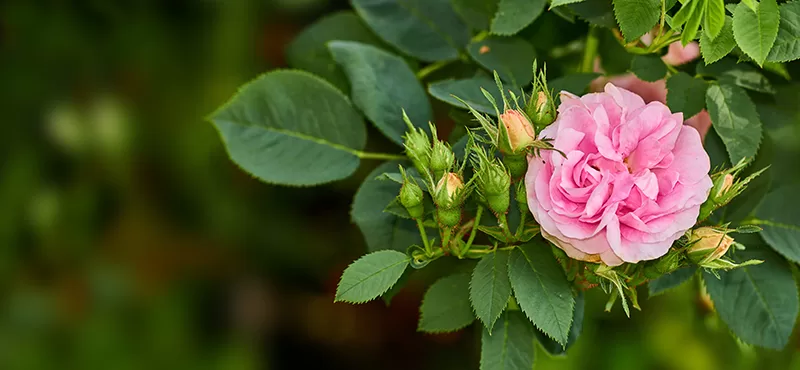
Yes, really! Many established Rose varieties adapt beautifully to clay soils, especially when planted into raised beds or with improved drainage. They love the minerals clay provides and will bloom reliably with sunshine and a bit of compost.
12. Daylilies (Hemerocallis spp.)
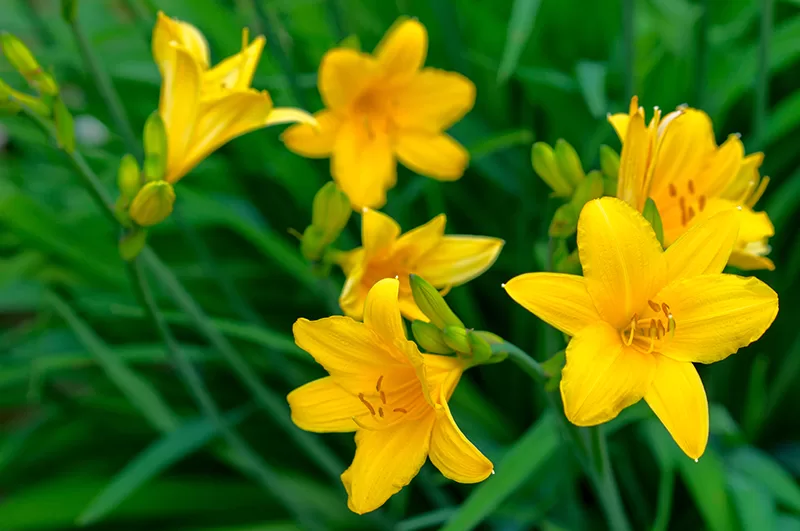
These hardy perennials are champions in difficult soil. The thick, fleshy roots help them tolerate poor drainage and the blooms keep coming all Summer long. Plant in full sun and enjoy colour with almost zero effort.
13. Anemone hupehensis – Japanese Anemone
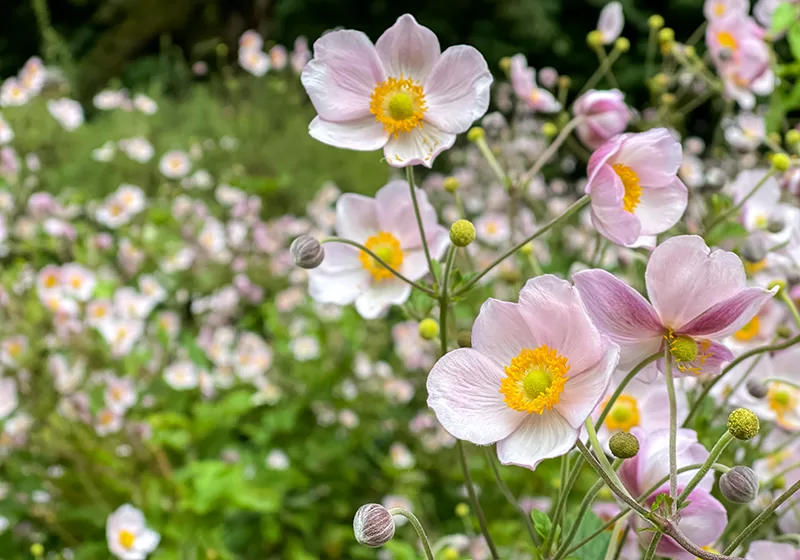
Elegant, tall perennials that bloom in late Summer to Autumn. Their fibrous roots tolerate clay once established and they brighten up shadier spots with graceful pink or white flowers that sway in the breeze.
14. Sedum ‘Autumn Joy’
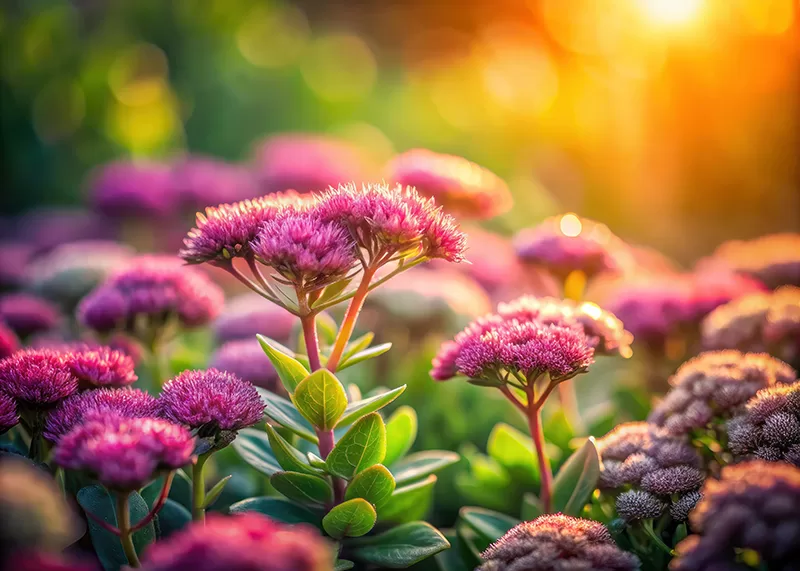
A succulent perennial that handles neglect like a pro. It thrives in clay because it stores water in its leaves and tolerates poor drainage. Its dusky pink blooms attract bees and gradually deepen in colour into Autumn.
15. Acanthus mollis – Oyster Plant
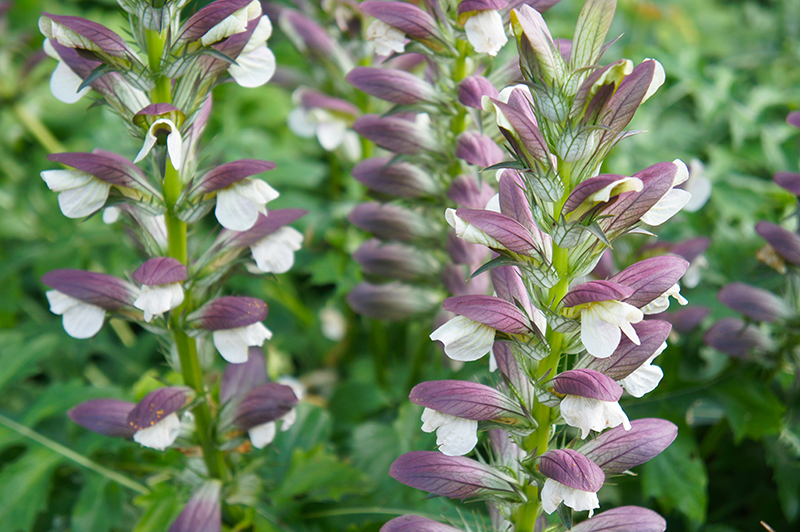
Also known as Bear’s Breeches, this bold beauty thrives in part-shade and heavy soil. Its glossy, architectural leaves and tall flower spikes create a dramatic backdrop or a hero plant for a problem corner.
16. Coreopsis (Coreopsis grandiflora)
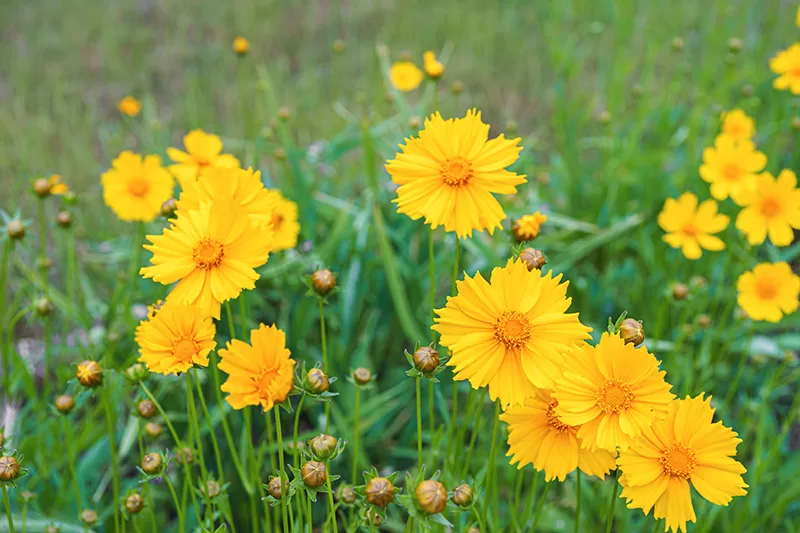
Cheerful yellow daisy-like flowers on wiry stems, Coreopsis handles a variety of soil types, including clay. Great for mass planting, they bloom heavily through Spring and Summer with minimal watering.
Clay Soil Pro Tips
- Plant in Autumn or early Spring so roots can establish before summer stress kicks in.
- Add mulch to regulate moisture and prevent surface compaction.
- Mound it up: Even clay lovers appreciate being planted slightly above grade to avoid soggy root zones.
- Avoid disturbing established roots — once clay-settled, these plants don’t like a fuss.
Clay soil doesn’t have to be a curse. With the right plant choices and a bit of strategic planting, you can turn that sticky situation into a thriving, resilient garden. Choose plants that naturally suit your soil and they’ll repay you with colour, structure and minimal fuss.
Got a clay-loving legend of your own? Share it with us! Tag @thecuriousgardener and use #ClaySoilSuperstars so we can admire your heavy-soil heroes!
Want to improve your clay soil first? Check out our practical, no-nonsense guide: How to Improve Clay Soil Without Breaking Your Back.

